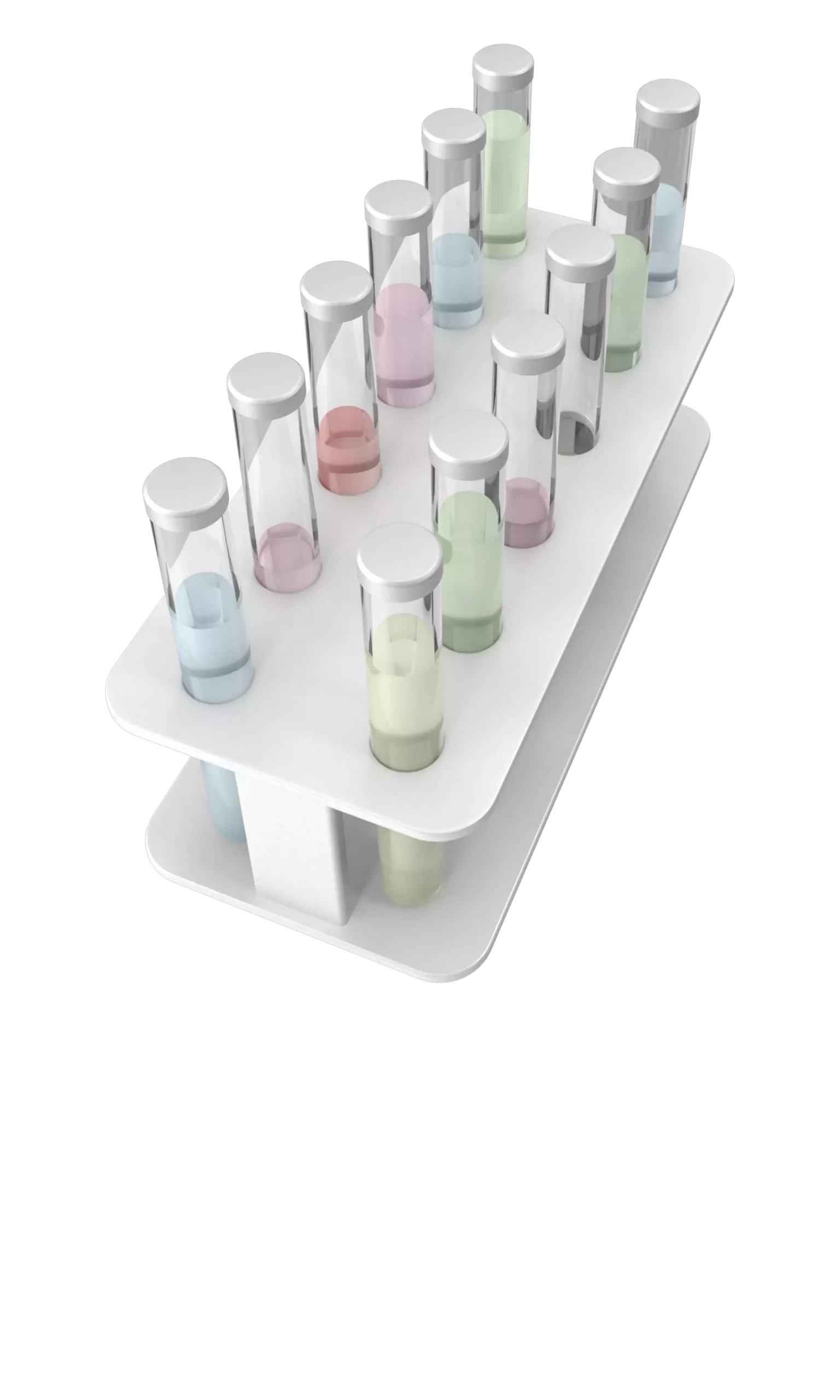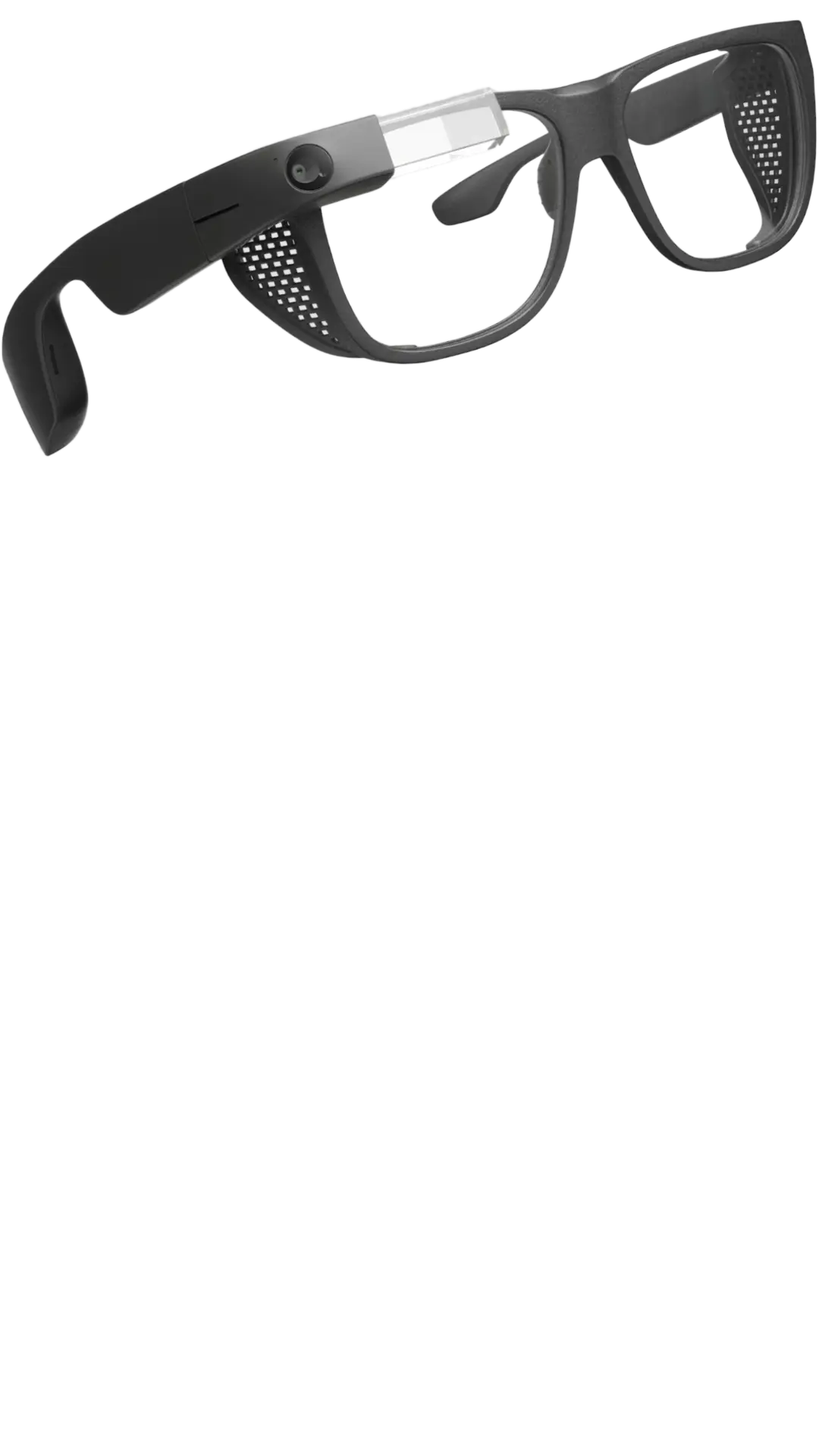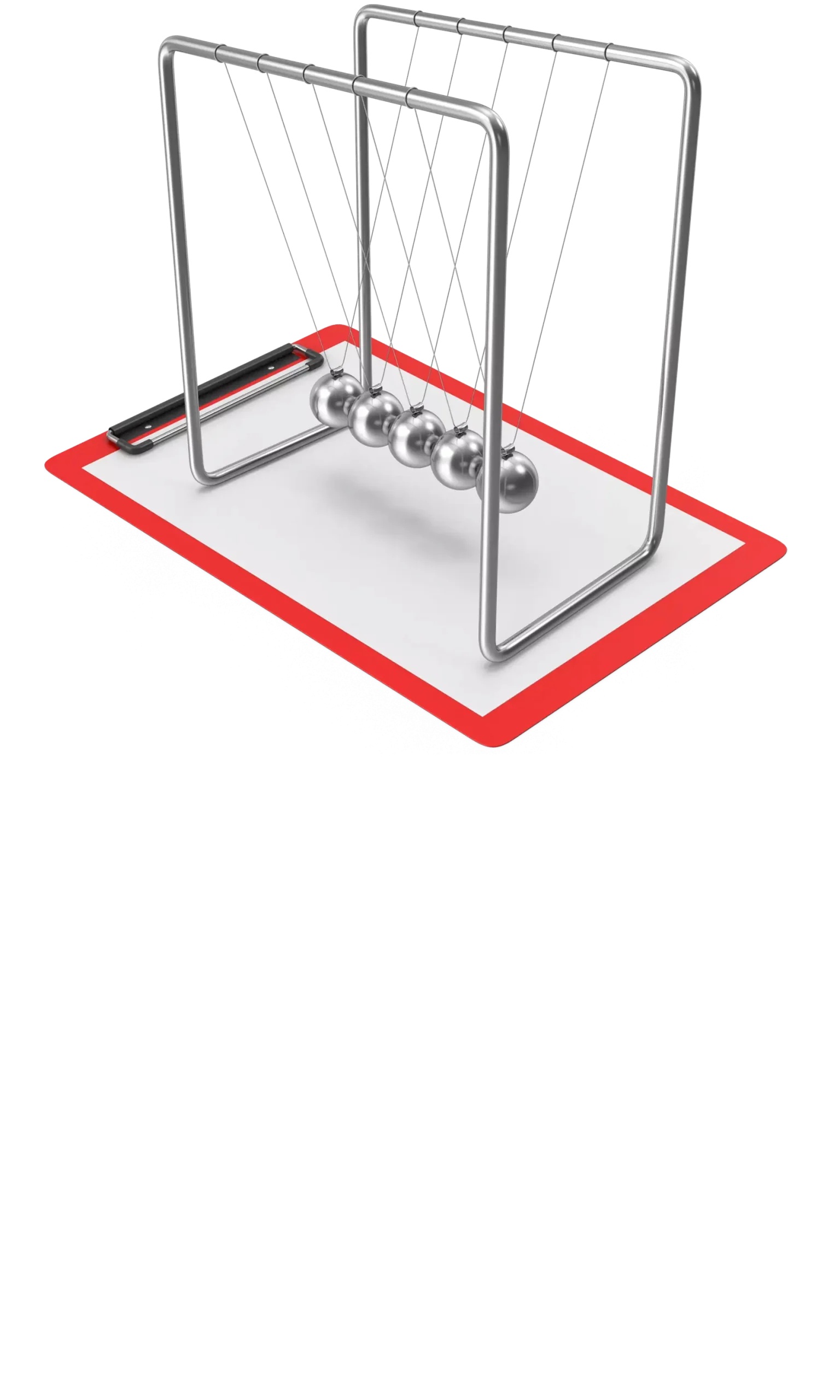Innovation Alphabet
McKinsey 7S
in a nutshell
The McKinsey 7S is a strategic planning tool developed in the 1980s by the management consulting firm McKinsey & Co. According to this paradigm, a company’s organizational effectiveness would be achieved by aligning its “hard” elements (Strategy, Structure, Systems) and its “soft” resources (Style, Staff, Skills, Shared Values).


Application Fields

• Training: Among the elements that make up the model are the so-called “Soft Ss”. They are represented and conveyed by the true heart of a company: people. Using the McKinsey method means considering and valuing the human factor. This is an important step to pave the way in the staff training process: employees could elect themselves as brand promoters.
• Strategy: McKinsey’s 7Ss really do touch every aspect of a company’s organization. Possessing a peripheral and, at the same time, detailed view of one’s business can only have positive consequences. The method is another useful tool for gleaning objective data and information in order to embark on a business strategy with a precise direction.
• Alignment: Sometimes, communication (and consequently coordination) between different departments in an organization can be complicated. But it is an aspect that should not be underestimated at all! It is, in fact, one of the cornerstones of an enterprise. Not only in terms of profit, since it reduces misunderstandings and delays at work, but also because the sharing of values will become choral.
Industries
• McKinsey 7S in the food service industry
The core virtues reported by McDonald’s “mission statement” are Serve, Inclusion, Integrity, Community and Family. To put the shared values into practice, the chain decided that serving the very wide range of customers should be staff from diverse backgrounds, encouraging teamwork, and finally, returning its employees to their home communities after generating a profit.
• McKinsey 7S in the energy industry
BP Amoco is a British company active in the energy sector, and particularly in oil and natural gas trading. It is one of the five largest players in the industry worldwide. In 2010, however, an environmental disaster known as Deepwater Horizon caused a significant loss for the company due to poor communication management. This is a prime example of how a lack of “Structure”, even (and especially) at the communication level, can result in disadvantages not only in economic terms, but in brand reputation.
Do you have a Strategy & Innovation challenge to tackle? Let’s face it. Together.
C-levels from these companies (AND MORE) relied on my expertise to overcome thEIR CHALLENGES IN THIS AREA. And you can, too.
Can I help you?Business functions
• McKinsey 7S in support of communication
Kellogg Company, a U.S. multinational company specializing in breakfast products, is an example of a very efficient system capable of ensuring communication between employees and different levels of management. Systematic, defined, and organized communication allows for an easy flow of information and ensures that no task or organizational goal is compromised.
• McKinsey 7S in support of innovation
According to a Harvard Business Review article called “Why Good Companies Go Bad”, one of the reasons why many formidably successful companies become irrelevant is because they often do not adopt a mindset aimed at change, demonstrating little foresight. Such is the case with BlackBerry Limited, a Canadian company famous for its cell phone model that has fallen into oblivion since 2007.
Stay in wonderland
Let me show you how deep the rabbit hole goes.
Check out more of the Innovation Alphabet:

3D Printing
3D Printing
“3D printing” is a process carried out by an electronic device which, instead of resorting to the canonical ink, it molds almost any kind of material: from concrete to living tissue, most usually plastic, but also metal. And the operating principle is similar to that of a traditional printer. The creation of three-dimensional models can lead to the redesign of a company’s production capabilities.
Dive In
5G
5G
5G is the new frontier of cellular telephony. It was designed to improve (or completely replace) previous generations of mobile networks. The 5th generation features lower latency, ensuring flawless performance of business applications and many other digital experiences – thus enabling the new cultural generations to furiously play Fortnite away from home.
Dive In
Advanced Analytics
Advanced Analytics
The term “Advanced Analytics” refers to the ability to autonomously or semi-autonomously analyze data and content to identify correlations, develop analyses, predictions, and recommendations. It is not just a matter of collecting information and then organizing it into watertight compartments: the ultimate goal is to identify a dialogue pattern from a data-driven perspective.
Dive In
Agile
Agile
Agile is an approach to software development designed to respond to change. Teams quickly analyze the context in which they operate, identify uncertainties faced, and figure out how to adapt to always move forward. Interaction between individuals comes before processes and tools; collaboration with the customer is more important than negotiating contracts.
Dive In
Ansoff Matrix
Ansoff Matrix
The Ansoff Matrix is a marketing planning model that arises from the intersection of new and existing products and markets. It derives four possible strategies for expanding the company’s market, which are built around four variables with a changeable factor of risks and possibilities: existing product, new product, existing market, new market.
Dive In
Artificial Intelligence
Artificial Intelligence
Artificial Intelligence is not strictly defined. Basically, it is a computer system able to make decisions in an independent and flexible way. A good AI application can perform everyday tasks better than an average person (e.g., identifying other people from their photos on social media or beating the best chess player). Nothing to fear, then. Unless you are a chess champion.
Dive In
Artificial Scarcity
Artificial Scarcity
We often tend to desire what we cannot have. Or what we are in danger of losing: Artificial Scarcity is a strategy that flaunts a limited number of items that do not correspond to actual availability. The goal is to stimulate the perception in consumers that the stock of items is about to run out and thus create a need based on the “fear of being cut off” or the intention to buy the item in order to resell it at a higher price.
Dive In
Attack Surface
Attack Surface
The term attack surface refers to the part of a system that may be subject to attack or breach by hackers. The smaller that surface is, the easier it will be to protect it. Indeed, the Internet is an ocean of deep, dark waters: those who navigate it must be aware that they are exposing themselves to a flood of digital risks. Yet, ironically, we do not need a big boat to shelter us.
Dive In
Augmented Reality
Augmented Reality
Augmented Reality is an ever-evolving technology that overlays multimedia information on top of our common sensory horizon to gain a deeper understanding of our surroundings. No, it doesn’t allow you to step out of the Matrix dream simulation, nor can it be accessed by swallowing a red pill. But neither is it the disturbing experience of the Playtest episode of Black Mirror.
Dive In
Balanced Scorecard
Balanced Scorecard
In business, as in life, you need balance. The Balanced Scorecard is a holistic tool for strategic management. It offers, in fact, the possibility of assessing corporate performance in its wholeness. An overview that embraces four perspectives: the business/financial side, customers and stakeholders, internal processes, and learning and growth.
Dive In